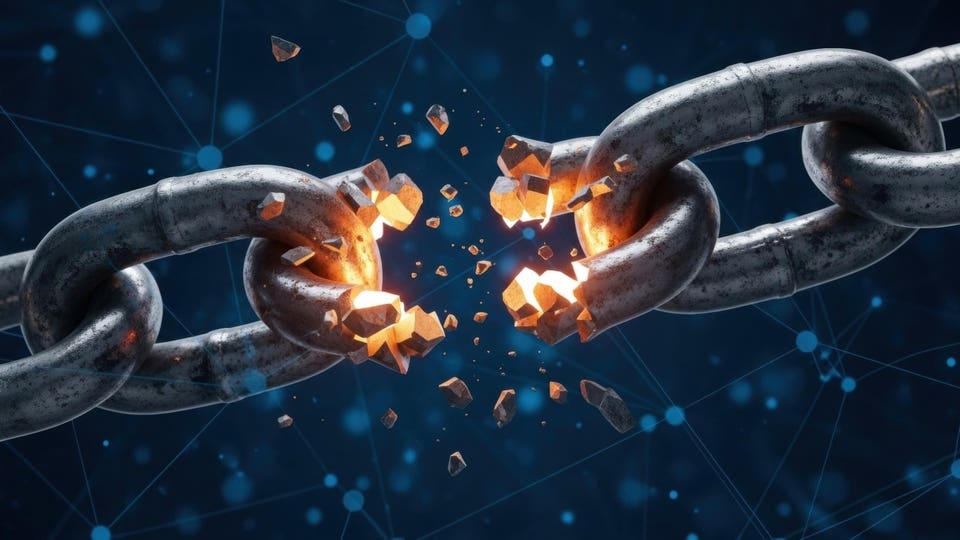A silent revolution is rapidly unfolding in the realm of computing, one that promises to redefine the very foundations of our digital world. The swift advancements in quantum computing capabilities introduce a looming existential threat known as Q-Day, a pivotal moment when the bedrock of modern data encryption could crumble, precipitating a catastrophic collapse of global digital security.
The implications of such an event are profound and far-reaching. Without the robust cryptographic protections that currently safeguard our online interactions, the authenticity and privacy of every digital transmission—from financial transactions and secure communications to sensitive personal health records—would be compromised. This vulnerability would render vast swathes of our interconnected systems inoperable and untrustworthy, creating an unprecedented global crisis of confidence in digital infrastructure.
In cybersecurity discourse, Q-Day signifies the hypothetical yet increasingly plausible point at which quantum computers achieve sufficient power to effortlessly circumvent the complex mathematical problems that underpin today’s standard cryptographic algorithms. This breakthrough would expose virtually all sensitive information stored and transmitted digitally, making it accessible to anyone with the requisite quantum capabilities.
Historically, the security of digital information has relied on the immense computational time required for conventional computers to break encryption keys. However, seminal work in the mid-1990s demonstrated that a powerful enough quantum computer could potentially crack these codes in mere seconds. While once a subject of pure theoretical speculation, the rapid evolution and growing power of quantum computing technology have transformed this abstract threat into a tangible concern for governments, corporations, and individuals alike.
The geopolitical ramifications of Q-Day are particularly stark. Theoretically, a hostile nation possessing advanced quantum capabilities could deploy these militarily to disrupt a rival’s critical infrastructure, including banking systems, healthcare networks, telecommunications, and defense operations. Furthermore, the everyday systems protecting personal privacy and security would become obsolete, potentially enabling mass surveillance and widespread financial exploitation, including the plundering of bank and cryptocurrency accounts.
Recognizing the monumental scale of this potential disruption, global entities are not passively awaiting the arrival of this cryptographic apocalypse. Significant investments are being channeled into research and development aimed at creating quantum-safe technology, often referred to as post-quantum cryptography. Efforts include governmental directives, such as those in the U.S. prioritizing the development of resilient encryption, and initiatives by major technology companies and financial institutions to secure their vast digital landscapes against future quantum cyber threats.
One promising avenue for enhancing digital security in a post-quantum world is Quantum Key Distribution (QKD). This innovative technique leverages the principles of quantum mechanics to generate and distribute encryption keys in a way that immediately alerts users to any attempts at interception. By transmitting keys as individual photons, QKD ensures that the very act of observing or measuring these particles alters their state, thereby revealing any unauthorized access attempts.
While the precise timeline for Q-Day remains uncertain, the consensus among experts is that it represents a serious and inevitable challenge. The ongoing development of technological workarounds offers hope, though their ultimate effectiveness can only be definitively proven once the quantum threat fully materializes. For any business whose success hinges on data integrity, preparedness for this shift is paramount. Individuals are also urged to critically assess their reliance on digital protection and privacy, ensuring they are adequately equipped for the evolving landscape of future technology.






Leave a Reply